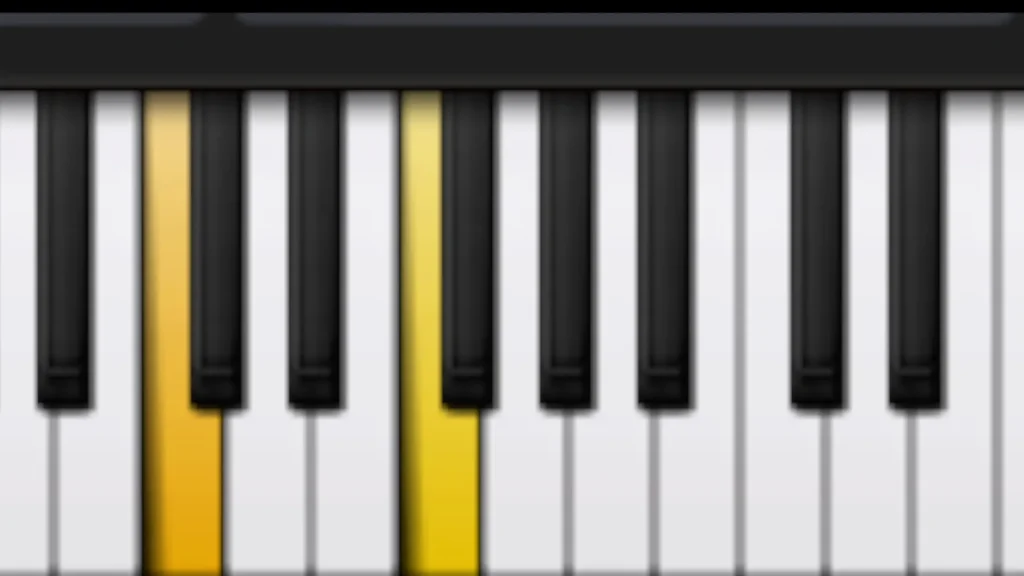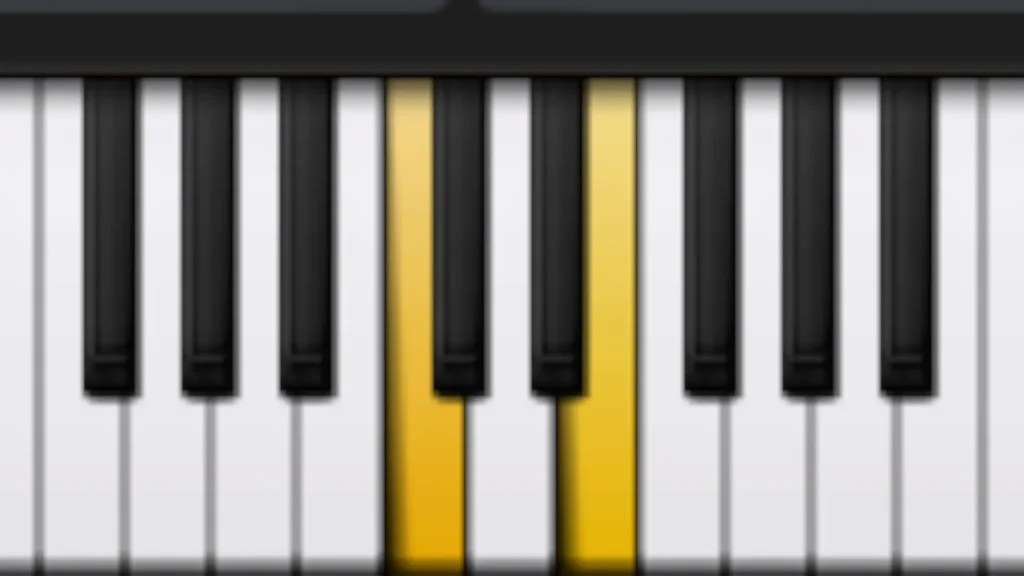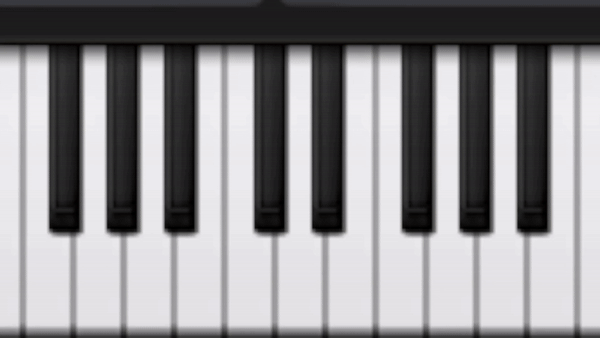An interval is the distance between 2 notes. Whether from C to D or A to F#, intervals can be found just about anywhere across the fretboard. Like many music theory concepts, intervals are derived from the Major Scale.
Why learn intervals?
The concept of intervals is built upon Notes. Similar to how countless musical ideas are built upon the concept of Notes, just as many are built upon the concept of intervals.
They also act as building blocks for scales, chords, keys, and more.
Understanding intervals will allow you to see a consistent pattern in musical ideas compared to only seeing notes. This will make sense when talking about chords.
How do we determine an interval?
Naming Convention
Firstly, we need to learn how to name intervals. The name of intervals are made up of 2 parts:
- Type of Interval (Perfect, Major, Minor, Diminished, Augmented)
- Degree of distance (2nd, 5th, 6th, etc.)
Some examples of interval names are:
- Major 3rd
- Perfect 5th
- Minor 2nd
- Perfect Octave
Determine the Key
The first of the two notes will dictate the key that the interval is in. As with many music theory concepts, intervals are based on the Major Scale.
- If the first note is C, the key is in C Major
- If the first note is B♭, the key is in B♭ Major
Determine the Degree of Distance
From the first note, count the position of the desired note using the Major Scale. For example, if C is the root note and E is the desired note, the degree of interval is 3rd

Here is a table of the various degrees of intervals:
| C to C (Same note) | Unison |
| C to D | 2nd |
| C to E | 3rd |
| C to F | 4th |
| C to G | 5th |
| C to A | 6th |
| C to B | 7th |
| C to C (Higher) | Octave |
However, not all intervals follow this rule, like the 4th and 5th intervals. At the same time, what if the notes do not belong to the same Major Scale, such as C and A♭?
We will need to look at more types of intervals.
Determine the Type of Interval
There are 5 types of intervals:
- Perfect
- Major
- Minor
- Diminished / Augmented
Perfect Interval
Perfect intervals are the most stable intervals. They are the 4th, 5th, and Octave in every Major Scale. In the key of C:
- C to F
- C to G
- C to C (Higher)



They are called ‘Perfect’ because if you swap the notes around, they will retain similar properties. Swapping C and F (Perfect 4th) will turn the notes to F and C (Perfect Fifth). This is also true for Octaves.
Major Interval
Major intervals occur when both notes belong to the same Major Scale. Excluding the Perfect intervals of 4th, 5th, and Octave, all intervals in the Major Scale will be termed “Major”, eg. Major 2nd, Major 6th, etc.
Referring to the example above, C to E is a Major 3rd.
| C to C (Same note) | Unison |
| C to D | Major 2nd |
| C to E | Major 3rd |
| C to F | Perfect 4th |
| C to G | Perfect 5th |
| C to A | Major 6th |
| C to B | Major 7th |
| C to C (Higher) | Perfect Octave |
Minor Interval
When a Major interval (2nd, 3rd, 6th, 7th) is shortened by a Semitone, it is a Minor interval. Contrary to some, the Minor intervals are not derived from the Minor Scale. ‘Minor’ in this case means flattened.
For example, C to E is a Major 3rd. However, when we flatten E to E♭, the interval, now C to Eb, is called a Minor 3rd.


Diminished / Augmented Interval
Augmented and diminished means sharpened (#) or flattened (♭). We have to look at the context to determine if the quality is augmented/diminished.
For Perfect intervals, there are only 2 options:
- Sharpening the Perfect 4th = Augmented 4th
- Example: C to F ==> C to F#
- Flattening the Perfect 5th = Diminished 5th
- Example: C to G ==> C to G♭
Both intervals are equivalent and will result in the same distance, commonly referred to as the Tritone. It is called the Tritone because the interval is made up of 3 Tones.


For Major intervals, sharpening the interval will transform it into an Augmented interval. For example, C to A is Major 6th, while C to A# is Augmented 6th.
Even though C to A# is equivalent to C to B♭ (Minor 7th), we adhere to the context that it was raised by a Semitone. This is also true for Diminished intervals when major intervals are lowered by a Semitone.
Practice identifying Intervals
There are many resources online that can help you to develop your understanding of intervals.
Interval Ear Training
Interval Sight Reading
Sight Reading requires you to know how to read notes on a stave like a classical musician. it is a great skill to have as many music today are still transcribed into notation.
